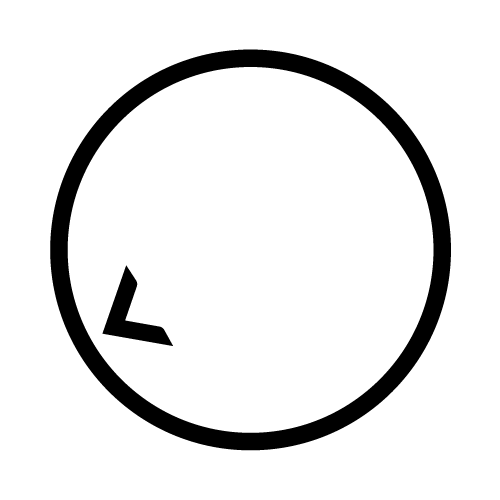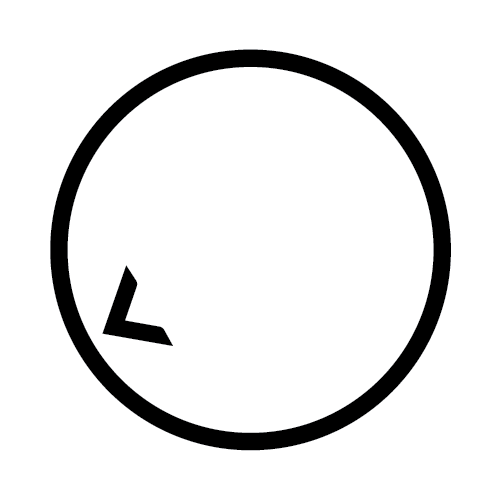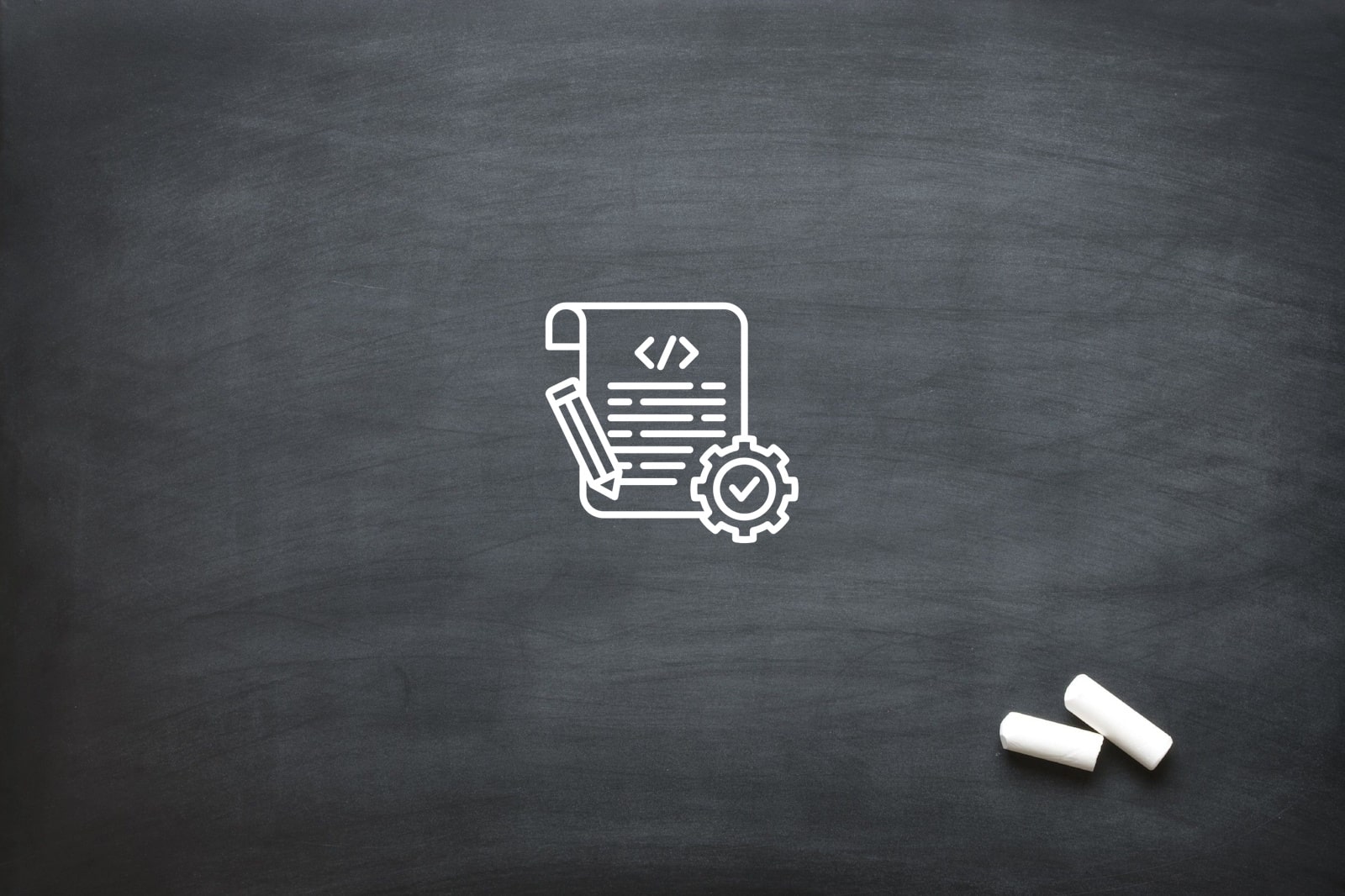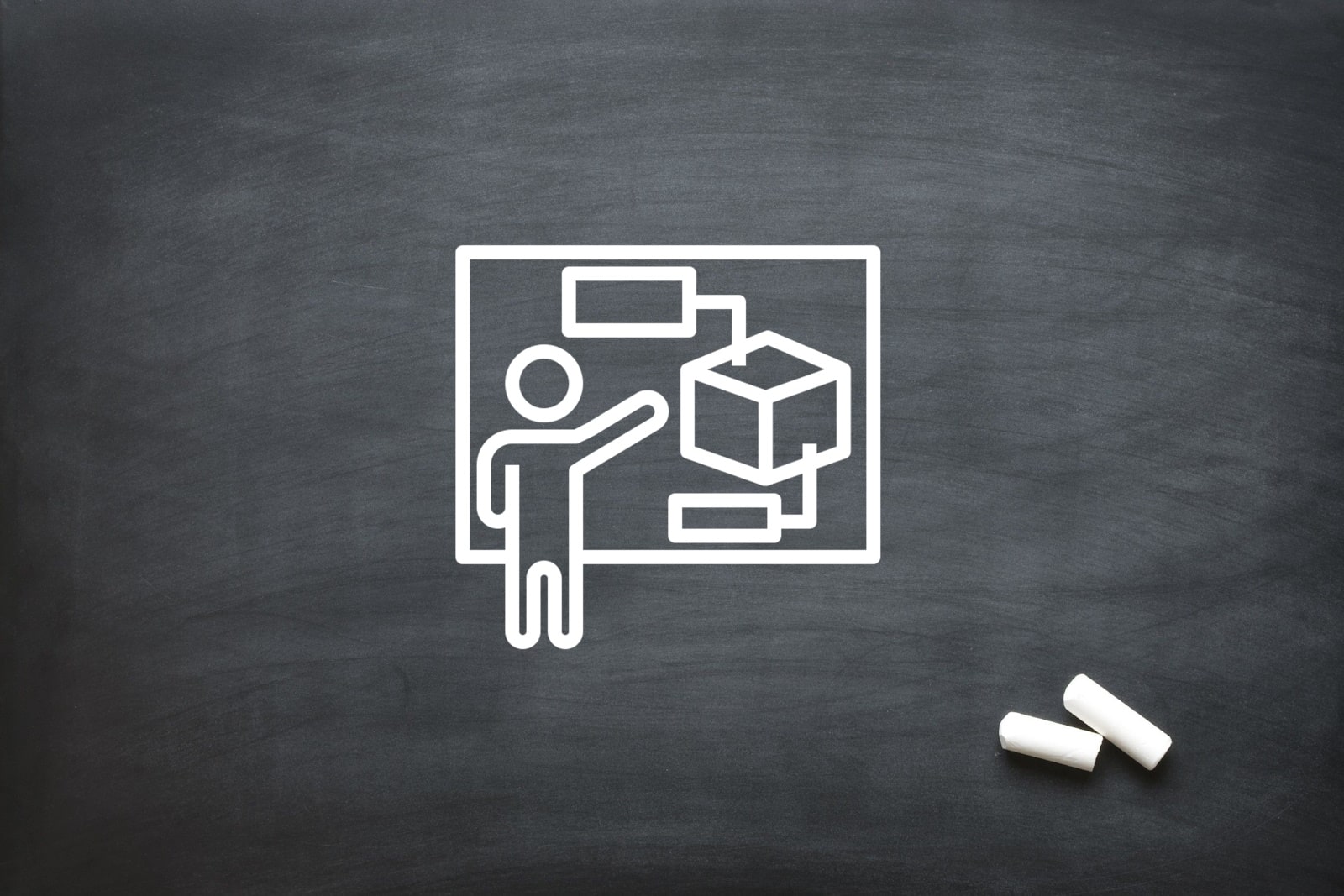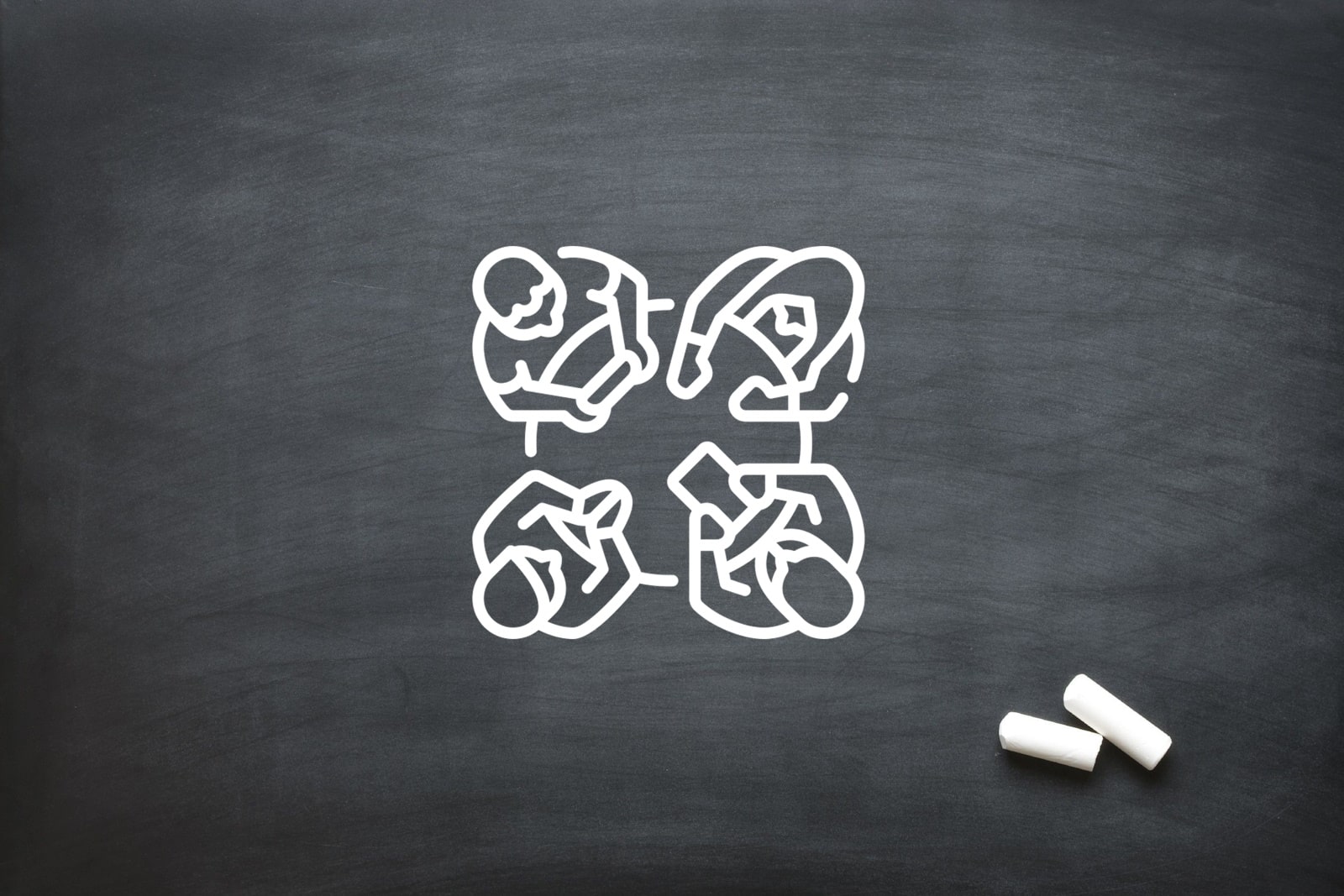
3D Animators: Collaborating with Other Teams
The creation of immersive worlds and believable characters in film and gaming hinges on the expertise of 3D animators. Yet, the artistry and technical skill of these professionals are only part of the equation. True creative magic happens through close collaboration between animators and various other creative teams. Each department contributes specialised knowledge, and their collective effort ensures a seamless and engaging final product. Understanding how 3D animators interact with directors, artists, sound designers, and game developers reveals the complexity and importance of teamwork in modern animation projects.
This collaboration is not simply about handing off work but involves continuous communication, shared problem-solving, and coordinated workflows. By examining each stage of the production pipeline—from early conceptual discussions to final post-production—one can appreciate how 3D animators are integral to multidisciplinary creative teams working together to bring stories and experiences vividly to life.
Pre-Production Coordination: Aligning Visions
Before a single frame is animated, 3D animators engage deeply with directors and storyboard artists during pre-production. This phase establishes the creative direction and narrative intent, crucial for guiding the animation style, pacing, and character expressions. Animators contribute their insights on movement possibilities and limitations early on, allowing the team to design scenes that maximise emotional impact and storytelling clarity.
Such early collaboration ensures that everyone shares a unified vision. Regular meetings and storyboard reviews help animators internalise the director’s goals and artistic intentions. This joint effort lays the foundation for a smooth animation process, reducing costly revisions later by addressing potential issues up front. For 3D animators, this stage is key to blending creative imagination with practical execution.
Asset Sharing and Management: Streamlining Workflow
Effective asset management is essential when 3D animators work with modelers and riggers to develop characters and environments. Models, textures, rigs, and animations must be consistently named, properly versioned, and easily accessible to avoid confusion and duplication. A well-organised digital asset library allows animators to focus on creative tasks rather than technical troubleshooting.
Asset sharing also involves maintaining high fidelity and compatibility standards across teams. Any updates or fixes to models need to be communicated promptly so animators can incorporate changes without delay. This collaborative approach minimises errors and ensures continuity throughout the animation pipeline, ultimately saving time and enhancing quality.
Communication with Lighting and VFX Teams: Enhancing Visual Cohesion
3D animators collaborate closely with lighting artists and VFX teams to integrate animations seamlessly into the visual environment. Lighting affects how animated characters and objects appear on screen, influencing mood and realism. Coordinated efforts help ensure that shadows, highlights, and reflections complement the motion and personality of the animations.
Simultaneously, VFX specialists add elements like smoke, fire, and particles that interact dynamically with animated sequences. Constant communication allows for real-time adjustments, ensuring special effects enhance rather than detract from the animation. This synergy is vital for creating polished scenes where animation and effects feel naturally intertwined.
Feedback Loops with Directors and Producers: Refining Animations
Receiving constructive feedback is a continual part of an animator’s workflow. Directors and producers provide creative notes to guide improvements that strengthen storytelling, character believability, and pacing. 3D animators must interpret this input critically and respond with precise refinements that preserve artistic intent while addressing concerns.
Clear documentation of feedback helps maintain consistency and track changes throughout multiple revision cycles. This iterative process demands flexibility and strong communication skills, as animators balance creative vision with production timelines. Ultimately, these feedback loops ensure that animations meet both narrative and quality standards.
Integration with Game Designers: Ensuring Gameplay Fluidity
In gaming, 3D animators work hand in hand with game designers to create animations that are not only visually compelling but also responsive and functional within gameplay mechanics. Animations must react fluidly to player inputs, providing immediate and believable feedback that enhances immersion.
This collaboration involves rigorous testing and tweaking, as animators adjust timing, transitions, and poses based on gameplay requirements and user experience research. By synchronising closely with designers, animators help ensure that movement feels natural and engaging, directly influencing player satisfaction and game success.
Working with Sound Designers: Synchronising Audio and Visuals
The relationship between animation and sound design is pivotal for creating immersive experiences. 3D animators collaborate with sound designers to align character movements and environmental interactions with sound effects and dialogue cues. This synchronisation heightens emotional resonance and reinforces storytelling beats.
From subtle gestures to dramatic action sequences, timing animations to match audio requires careful coordination and shared review sessions. Adjustments are often necessary to perfect lip-sync, footsteps, or ambient sounds, demonstrating how sound and animation departments work in tandem to produce cohesive audiovisual narratives.
Cross-Department Workflow Tools: Facilitating Seamless Collaboration
Modern animation production depends on robust workflow tools that enable transparent communication and asset management across departments. These platforms centralise project schedules, task assignments, and file sharing, allowing 3D animators to coordinate effectively with other teams despite complex pipelines.
By consolidating updates, feedback, and documentation in a single system, workflow tools reduce miscommunication and keep everyone aligned. They are indispensable for tracking progress and ensuring accountability, particularly on projects with large, distributed teams.
Problem-Solving Across Departments: Addressing Challenges Collectively
Technical glitches or artistic challenges frequently arise during animation production. 3D animators often collaborate with riggers, technical artists, and others to troubleshoot issues related to rig deformation, rendering errors, or stylistic consistency. Collective brainstorming sessions promote innovative solutions and knowledge sharing.
This cross-disciplinary problem-solving fosters a culture of teamwork and continuous improvement. By pooling expertise, teams resolve obstacles efficiently, maintain production momentum, and deliver higher quality results.
Post-Production Handoff: Preparing for Final Stages
When animations reach completion, 3D animators prepare assets for post-production workflows including editing, compositing, and final rendering. This involves formatting files according to pipeline specifications and ensuring compatibility with downstream software.
Clear communication during handoff prevents last-minute complications and preserves the integrity of animation quality. Properly prepared assets facilitate smoother final assembly and visual effects integration, contributing to a polished end product.
Remote Collaboration Challenges: Managing Global Teams
The animation industry increasingly operates across global locations and time zones. For 3D animators, remote collaboration introduces challenges such as maintaining clear communication, managing asynchronous workflows, and ensuring data security.
To address these, teams establish regular virtual meetings, detailed documentation practices, and utilise cloud-based platforms that support real-time updates. Such strategies help sustain team cohesion and productivity despite physical distances, enabling successful completion of complex projects worldwide.
The success of film and gaming projects depends heavily on how 3D animators collaborate with a wide array of creative teams. Through early coordination, ongoing communication, and joint problem-solving, these professionals help transform artistic visions into captivating realities. At Oliver Karstel Creative Agency, we prioritise this collaborative approach to deliver outstanding animation and creative services. If you want to bring your project to life with a team that understands the power of partnership, get in touch with us today. Together, we’ll create work that truly stands out.
